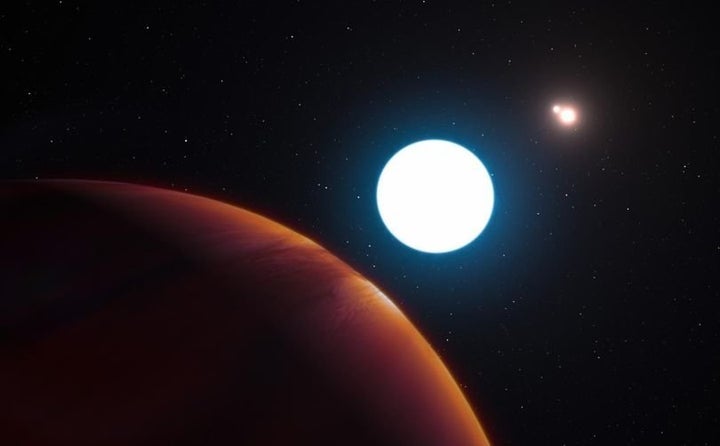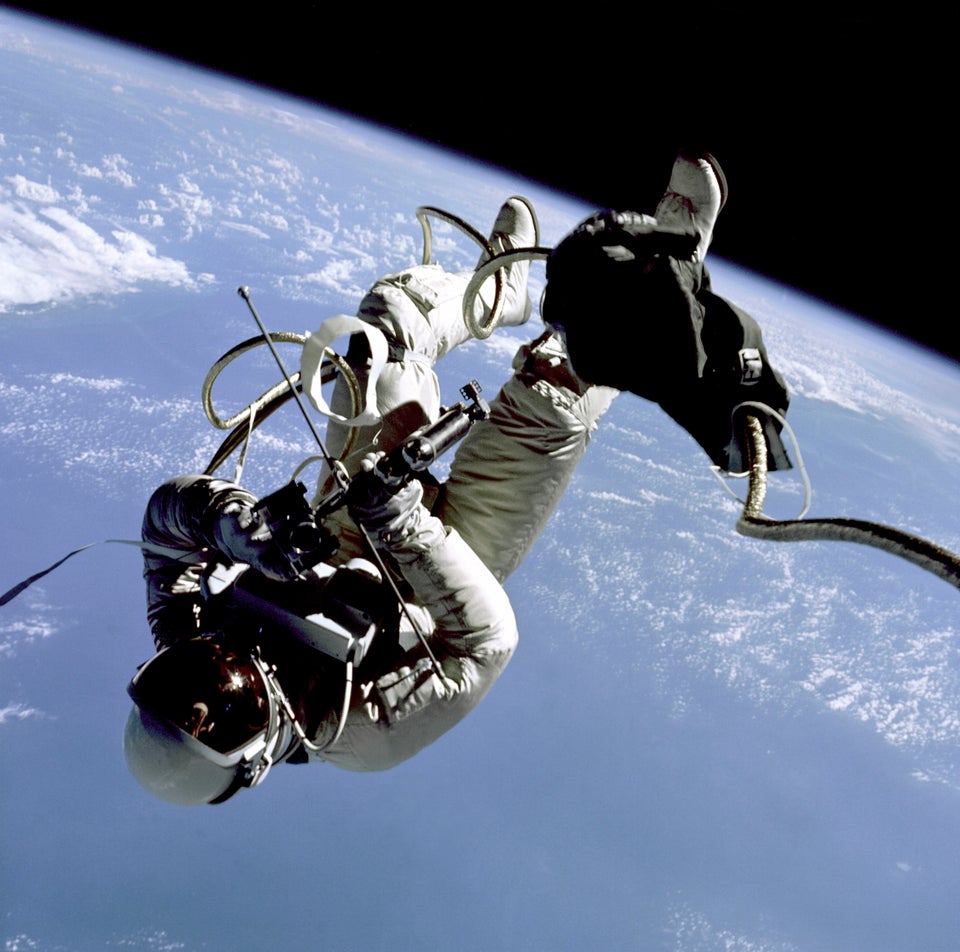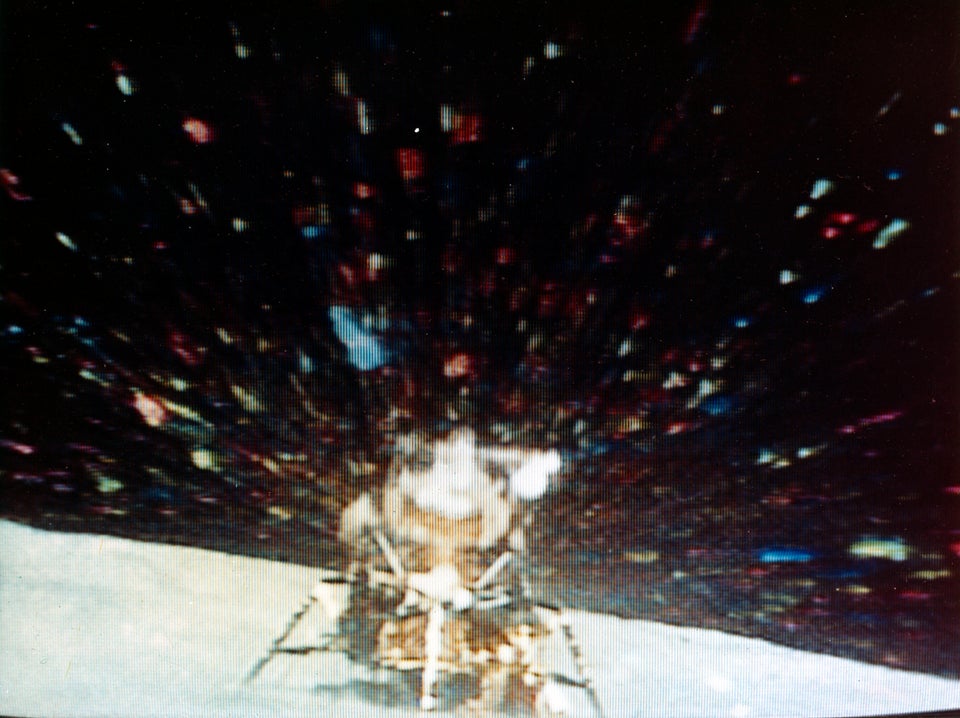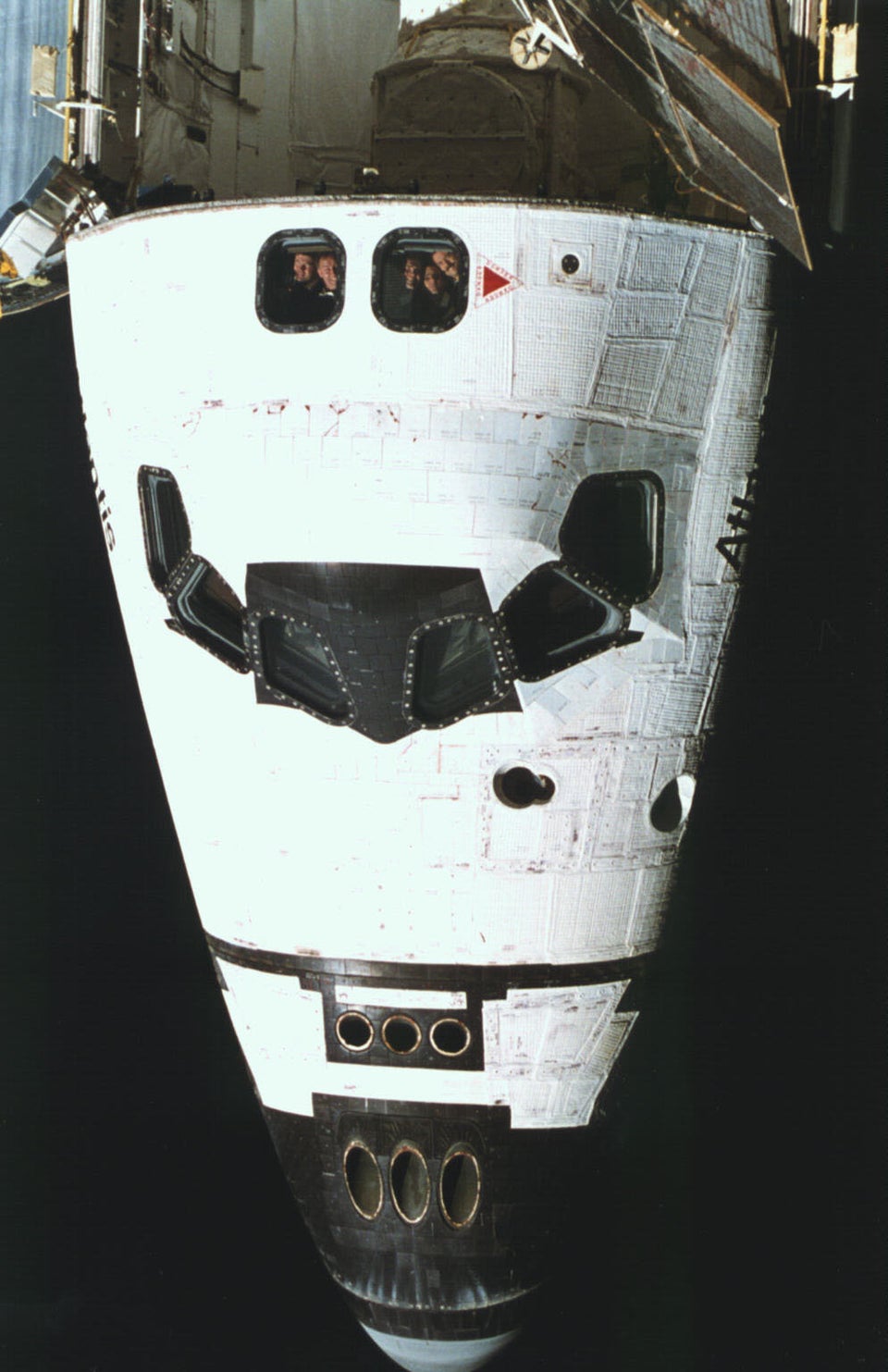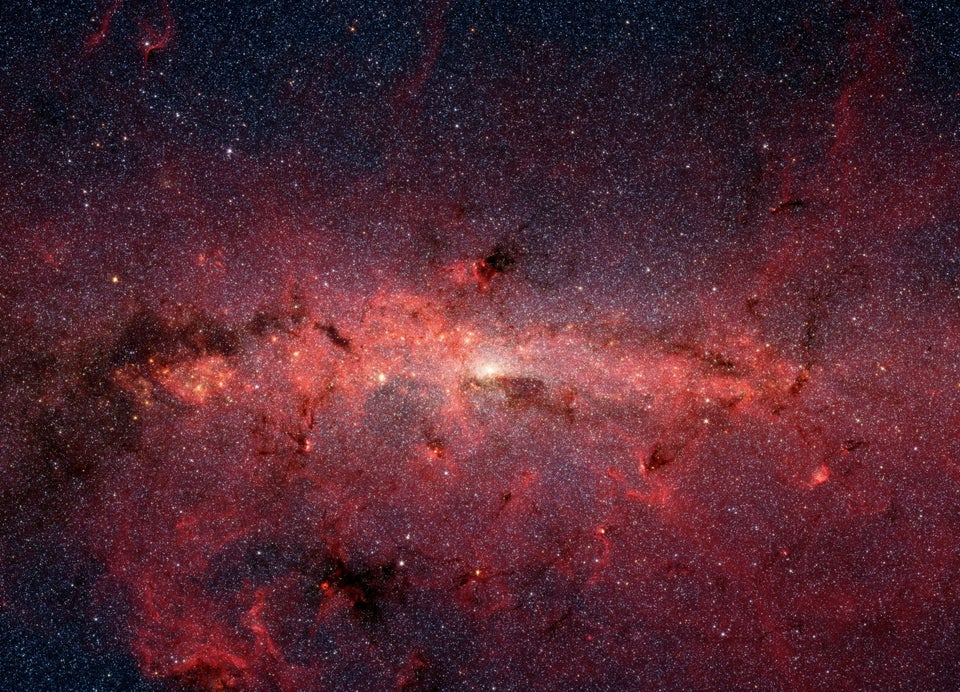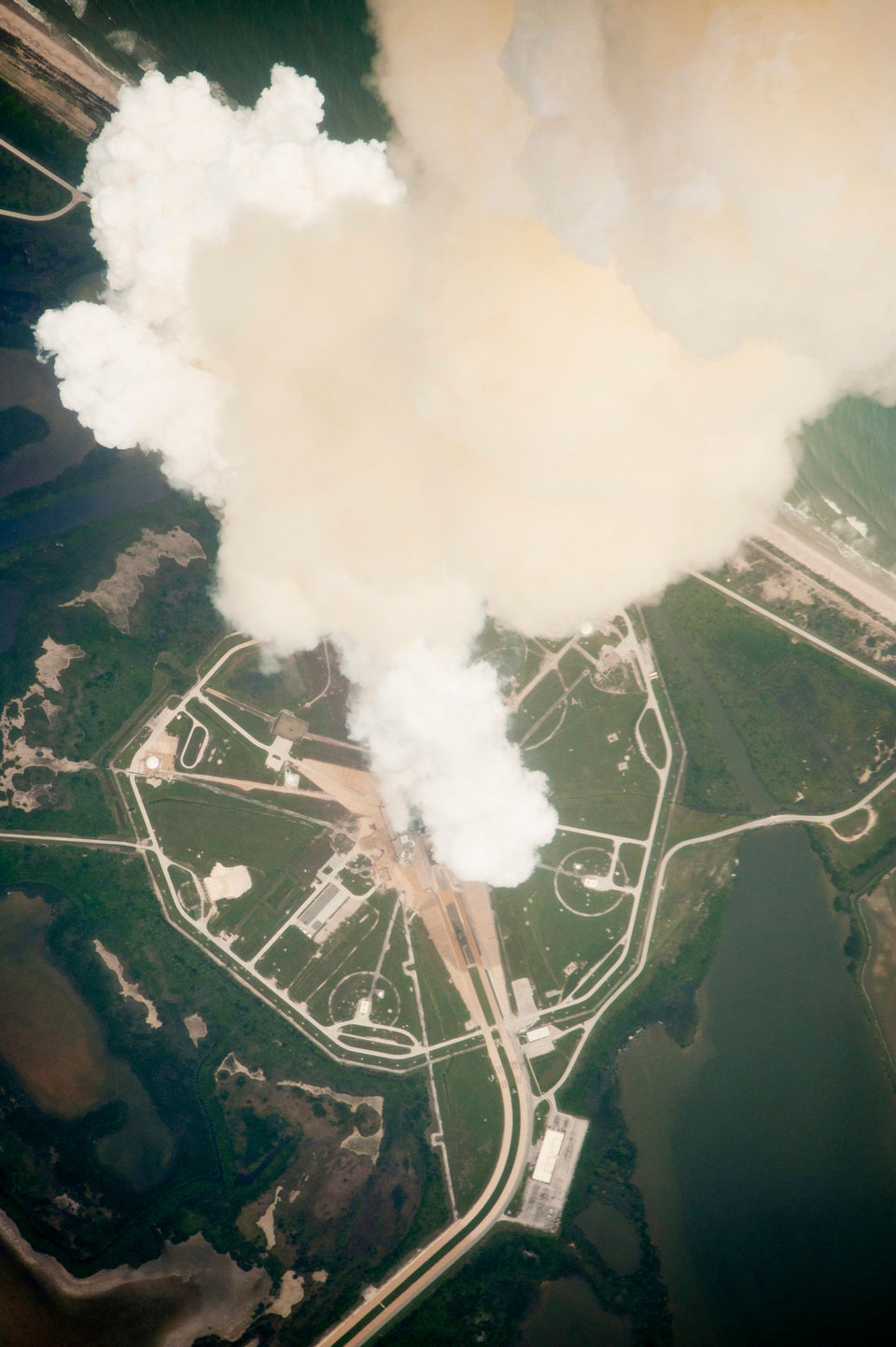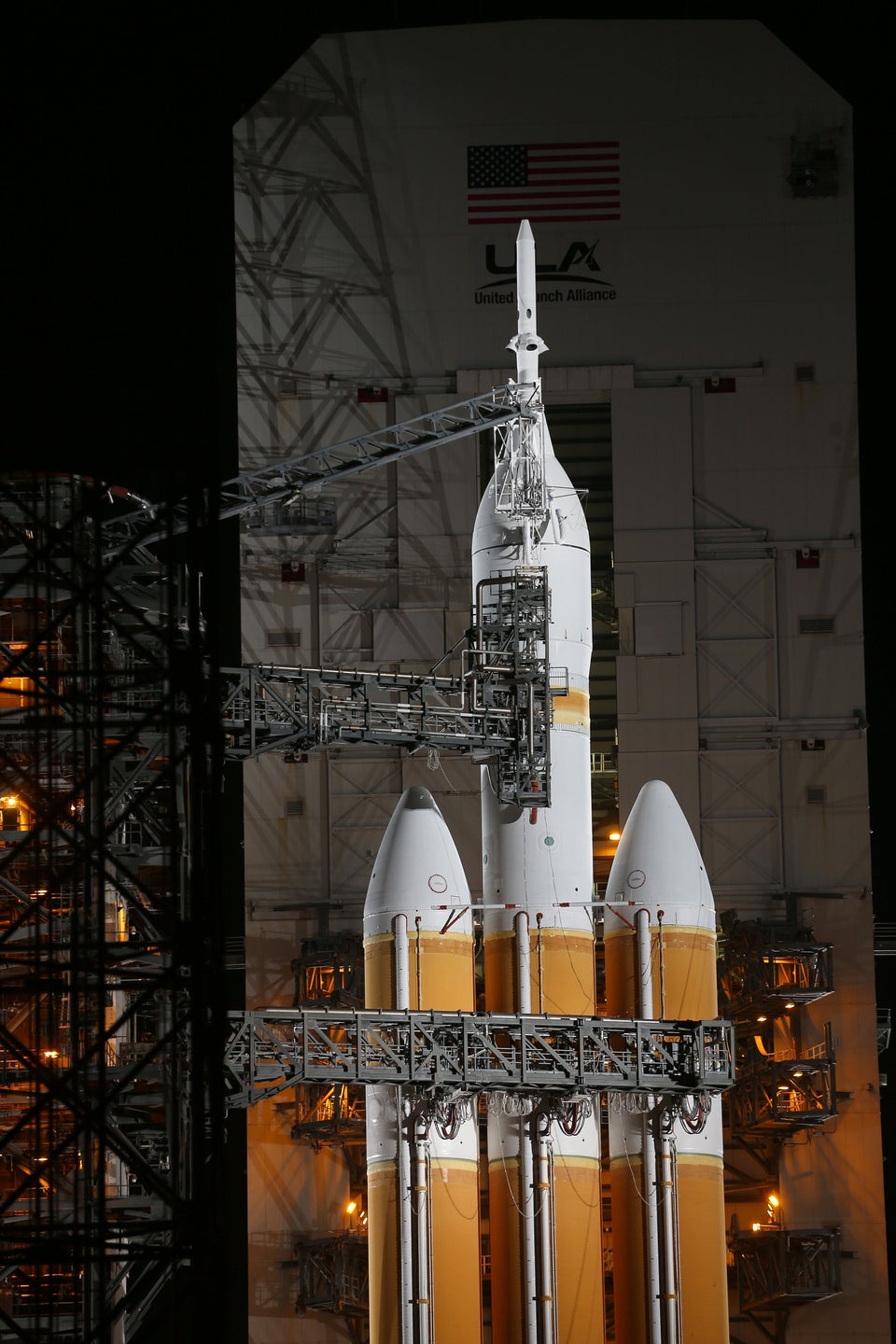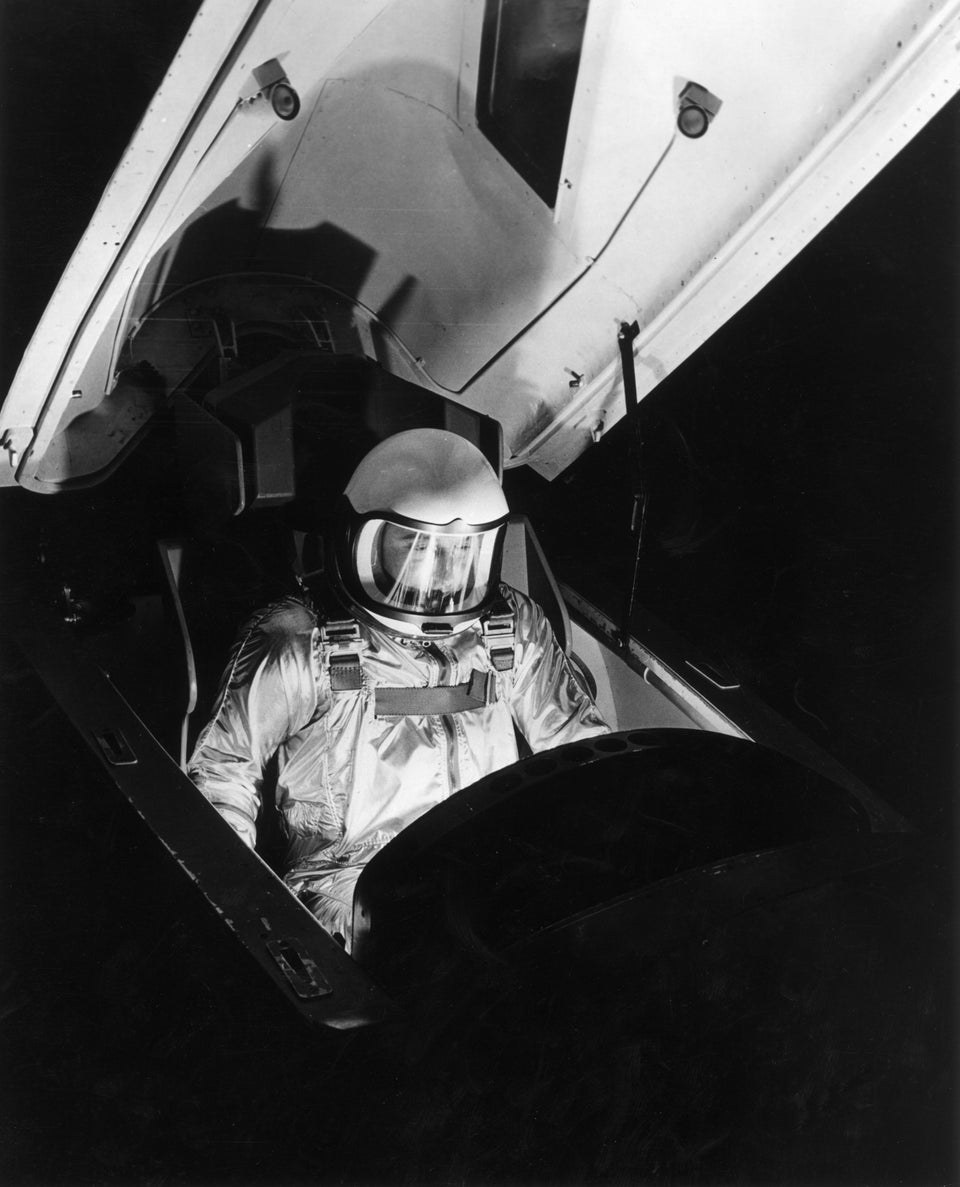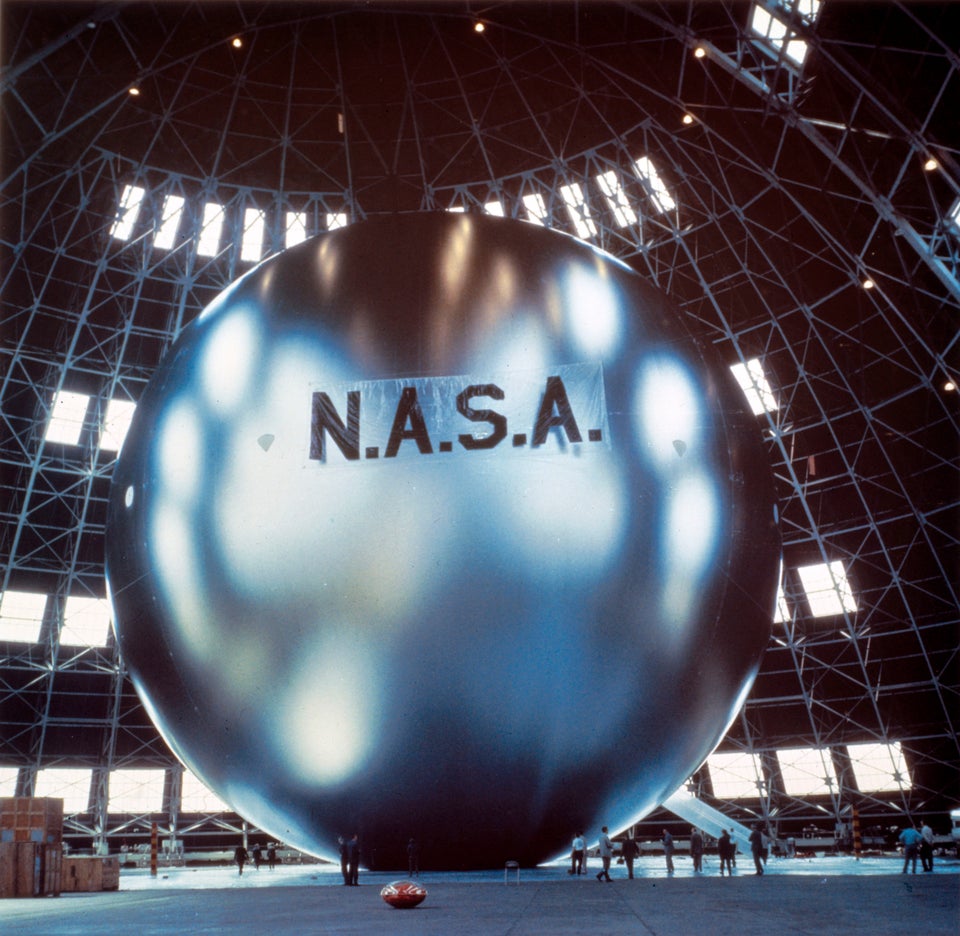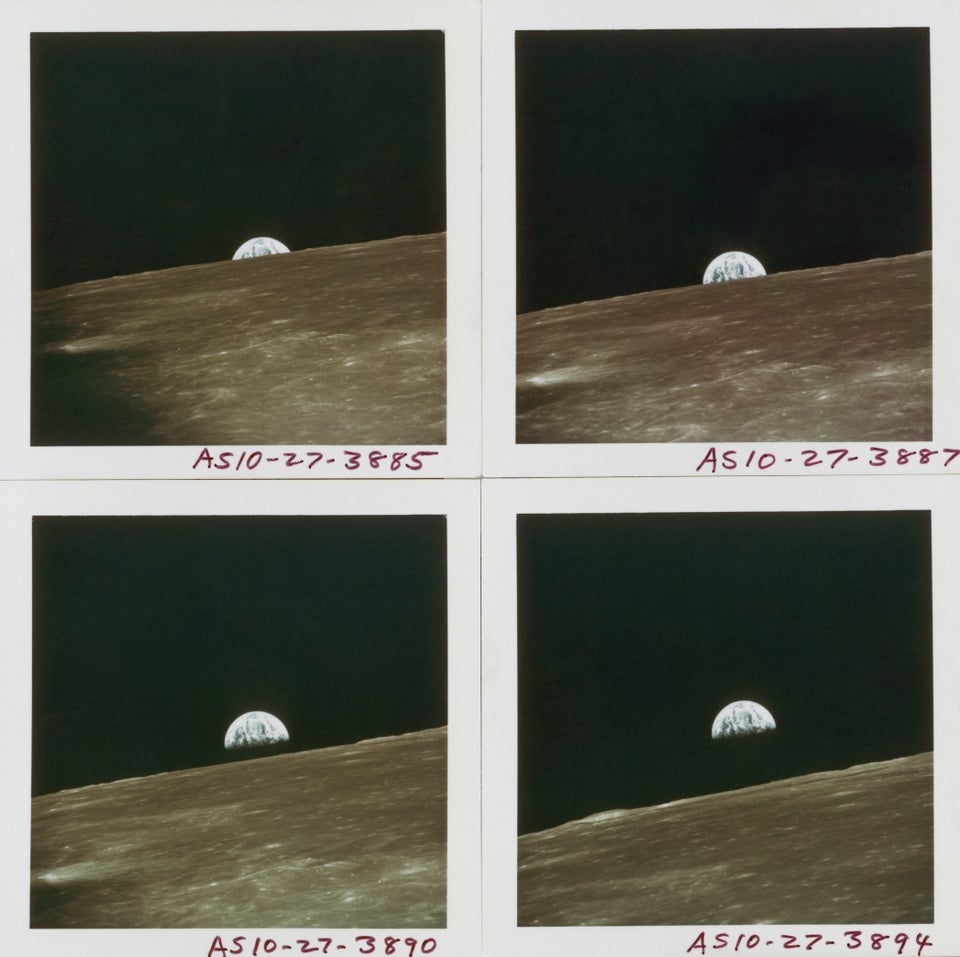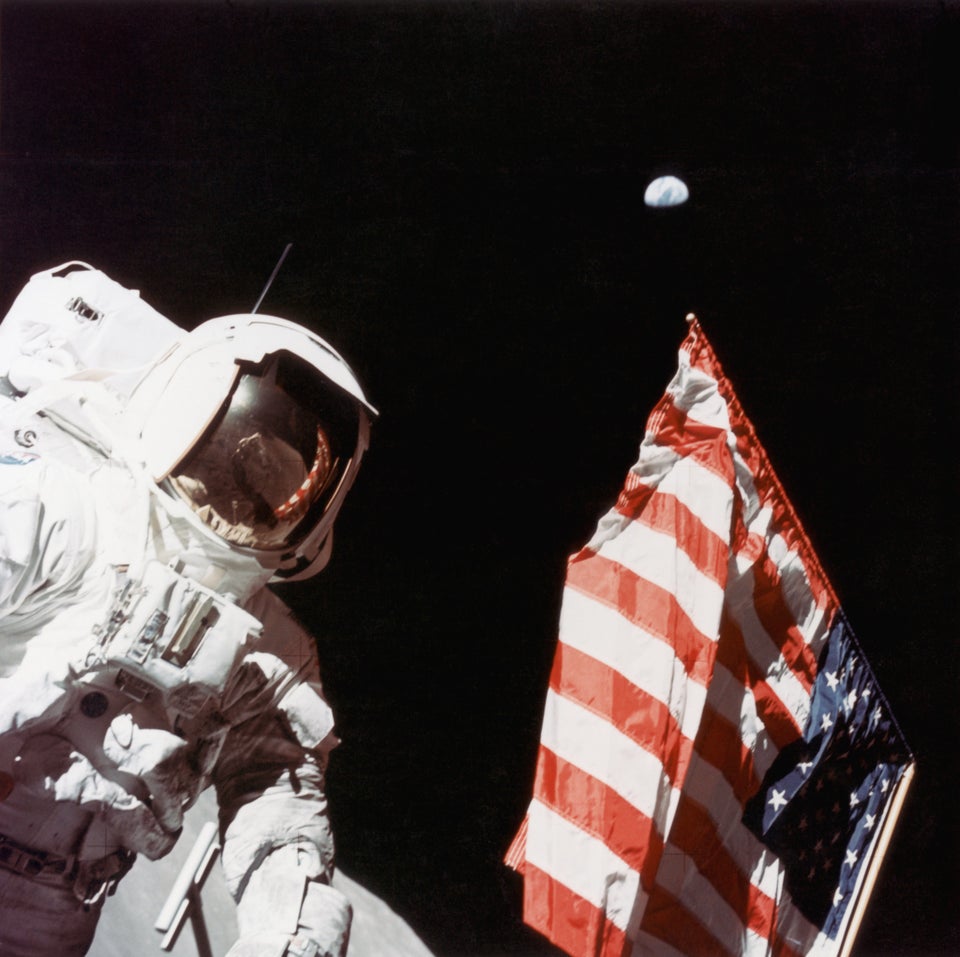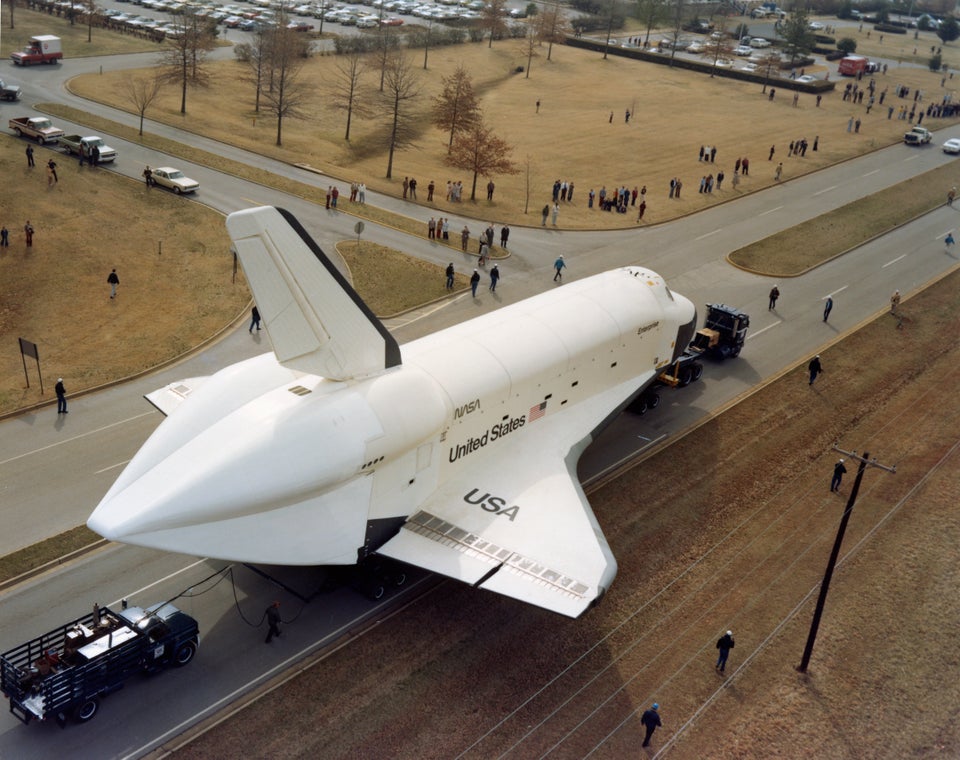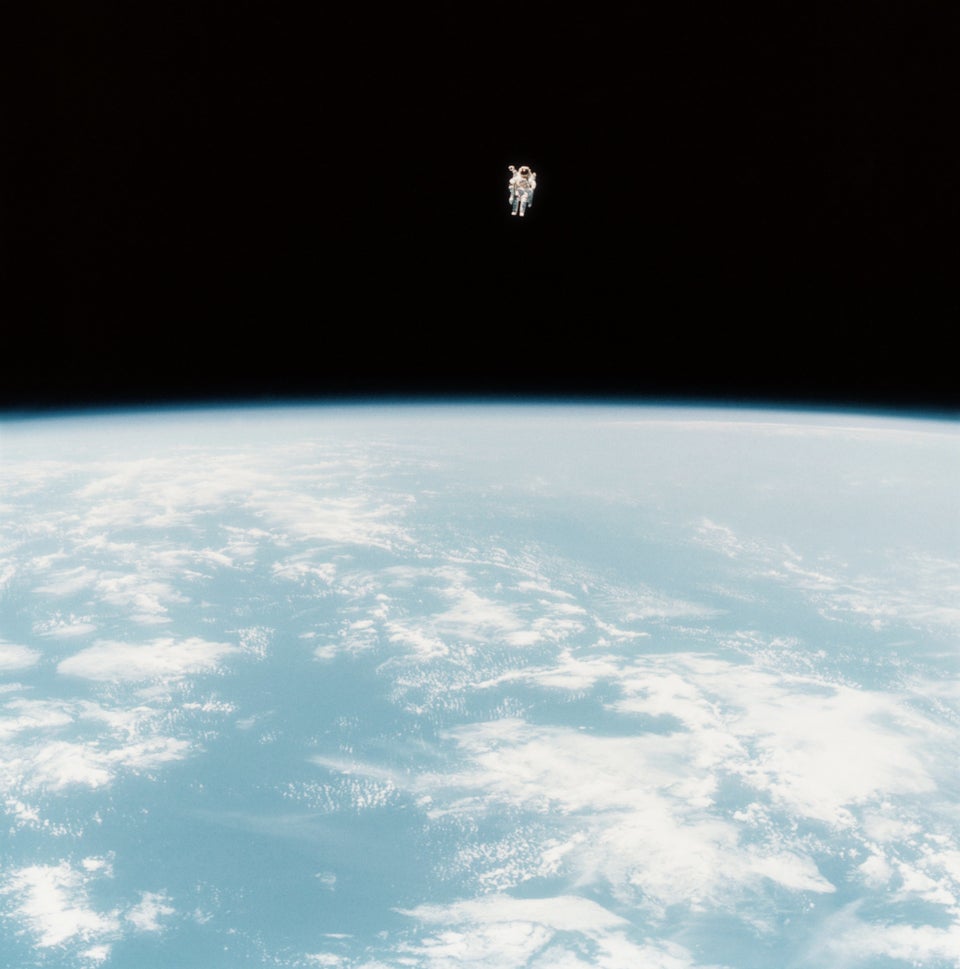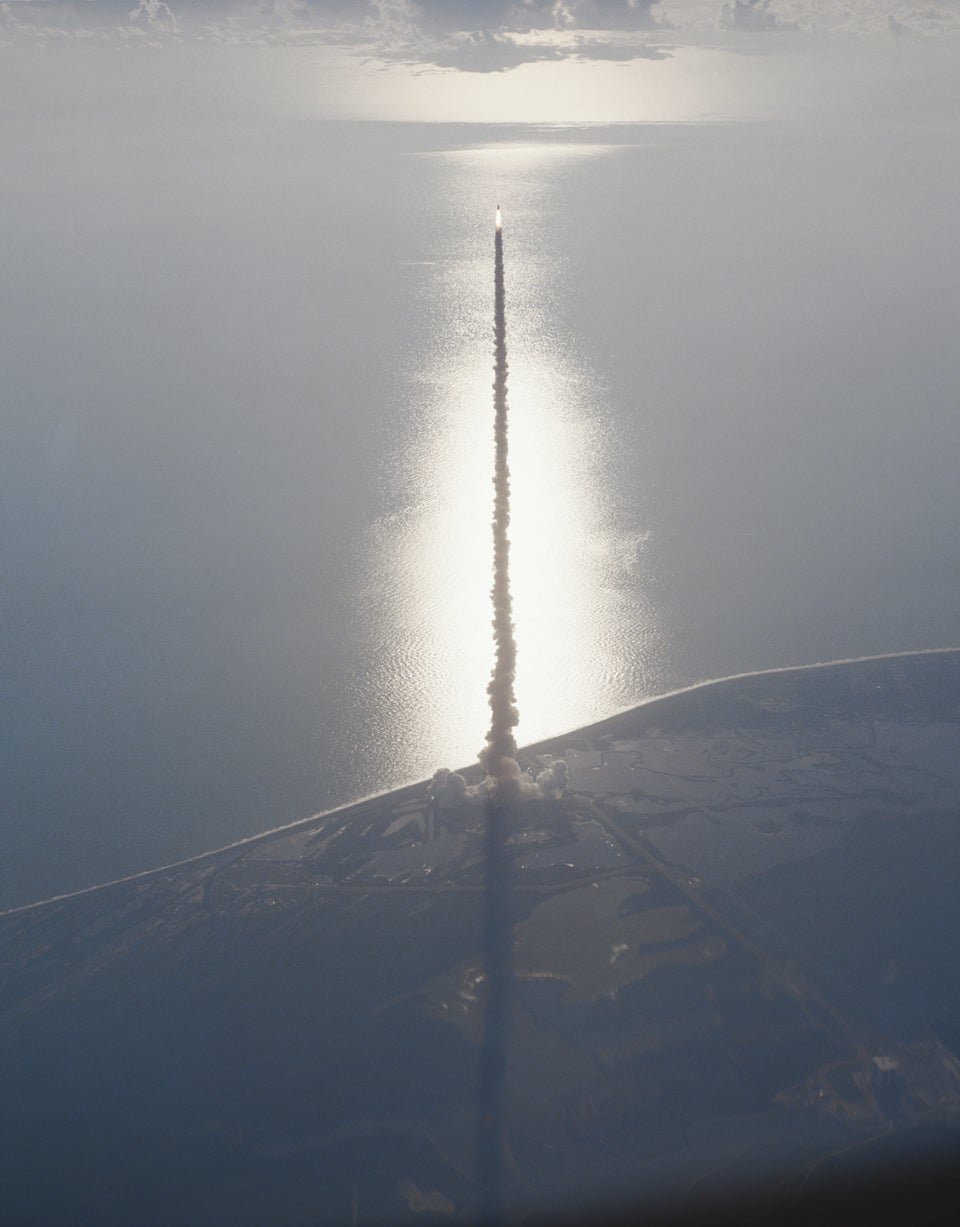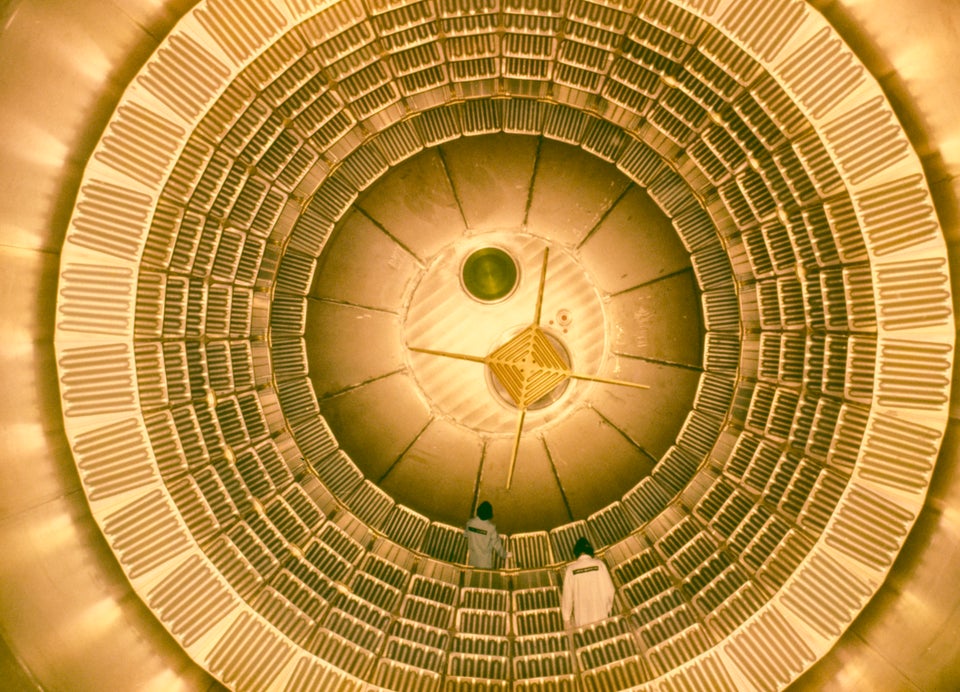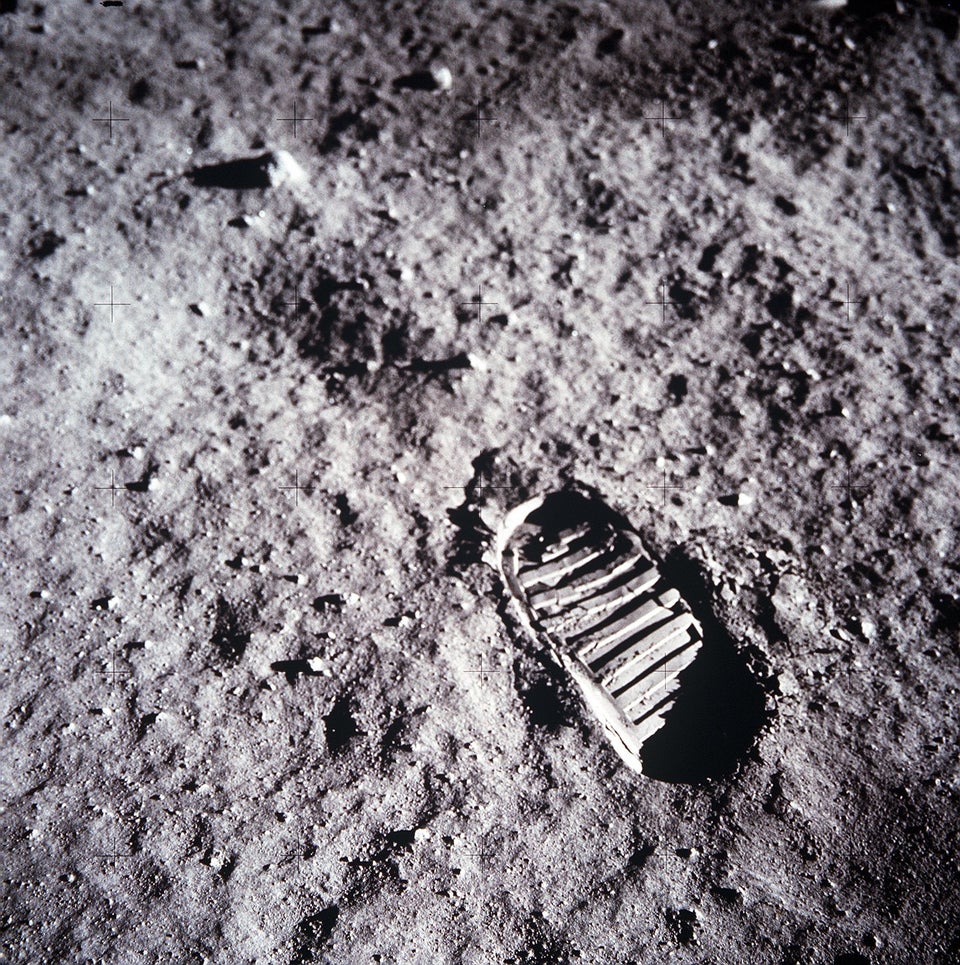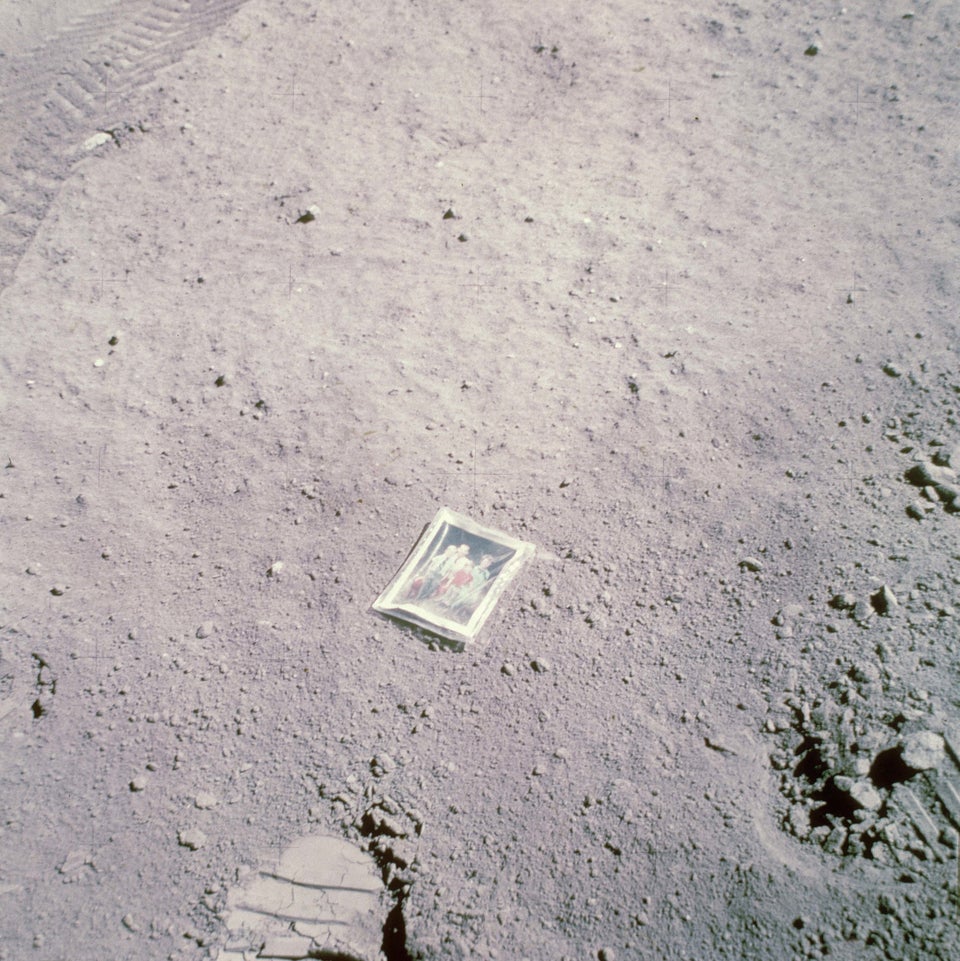You’d want to make a timely arrival. Visitors to a newly discovered exoplanet that orbits three stars would be, depending on the season, either forced to endure constant daylight for more than 220 consecutive earth years or watch three sunrises and sunsets a day.
Astronomers previously believed that a planet in such a solar system would be quickly ejected by gravitational forces, but the discovery of this planet’s stable path suggests the phenomenon might be more common.
The planet is located about 320 light-years from Earth and at 16 million years old is one of the youngest exoplanets ever discovered. It’s four times more massive than Jupiter and one of the coldest to have been directly-imaged, despite having a temperature of around 580 degrees Celsius.
The brightest star in the system is estimated to be 80% more massive than the Sun and orbited by two smaller stars which twirl around each other. They might seem rare to us, but multi-star systems are just as common as single stars.
The planet was discovered by a team of astronomers at the University of Arizona using ESO’s Very Large Telescope (VLT) in Chile.
Kevin Wagner, the paper’s first author and discoverer of HD 131399Ab, said: “For about half of the planet’s orbit, which lasts 550 Earth-years, three stars are visible in the sky; the fainter two are always much closer together, and change in apparent separation from the brightest star throughout the year”.
Wagner concluded: “It is not clear how this planet ended up on its wide orbit in this extreme system, and we can’t say yet what this means for our broader understanding of the types of planetary systems, but it shows that there is more variety out there than many would have deemed possible.
“What we do know is that planets in multi-star systems have been studied far less often, but are potentially just as numerous as planets in single-star systems.”
Daniel Apai, one of the co-authors of the new paper, added: “If the planet was further away from the most massive star in the system, it would be kicked out of the system.Our computer simulations have shown that this type of orbit can be stable, but if you change things around just a little bit, it can become unstable very quickly.”
NASA’s Most Famous Images:
Edward H. White II, pilot of the Gemini 4 spacecraft, floats in the zero gravity of space with an earth limb backdrop circa November 1965.
Kinescope images of astronaut Commander Neil Armstrong in the Apollo 11 space shuttle during the space mission to land on the moon for the first time in history on July 20, 1969
The ascent stage of Orion, the Apollo 16 Lunar Module, lifts of from its descent stage to rendezvous with the Apollo 16 Command and Service Module, Casper, with astronaut Thomas Mattingly aboard in lunar orbit on 23rd April 1972.
Five NASA astronauts aboard the Space Shuttle Atlantis look out overhead windows on the aft flight deck toward their counterparts aboard the Mir Space Station in March of 1996.
Photograph of the Milky Way Galaxy captured by NASA's Spitzer Space Telescope. Dated 2007.
The exhaust plume from space shuttle Atlantis is seen through the window of a Shuttle Training Aircraft (STA) as it launches from launch pad 39A at the Kennedy Space Center July 8, 2011 in Cape Canaveral, Florida.
A United Launch Alliance Delta 4 rocket carrying NASA's first Orion deep space exploration craft sits on its launch pad as it is prepared for a 7:05 AM launch on December 4, 2014 in Cape Canaveral, Florida.
A military pilot sits in the cockpit of an X-15 experimental rocket aircraft, wearing an astronaut's spacesuit circa 1959.
Echo 1, a spherical balloon with a metalized skin, was launched by NASA on 12th August 1960. Once in orbit the balloon was inflated until it reached its intended diameter of 30 metres and it was then used as a reflector to bounce radio signals across the oceans.
Four views of Earth rising above the lunar horizon, photographed by the crew of the Apollo 10 Lunar Module, while in lunar orbit, May 1969.
American geologist and Apollo 17 astronaut Harrison Hagan Schmitt stands next to the US flag on the surface of the moon, during a period of EVA (Extra-Vehicular Activity) at the Taurus-Littrow landing site, December 1972.
The space shuttle 'Enterprise' (NASA Orbiter Vehicle 101) makes its way along Rideout Road (Alabama State Route 255) to the Marshall Space Flight Center near Huntsville, Alabama, 15th March 1978.
A crowd of people, viewed from behind, watch the launch of the first NASA Space Shuttle mission (STS-1), with Columbia (OV-102) soaring up into the sky, leaving a trail of exhaust smoke, in the distance from the launchpad at the Kennedy Space Center, Florida, USA, 12 April 1981.
Astronaut Bruce McCandless II photographed at his maximum distance (320 ft) from the Space Shuttle Challenger during the first untethered EVA, made possible by his nitrogen jet propelled backpack (Manned Manuevering Unit or MMU) in 1984.
Aerial shot of the launch of Space Shuttle Discovery (STS-41-D) as it takes off, leaving a trail of exhaust smoke, from Kennedy Space Center, Florida, USA, 30 August 1984.
Two technicians inside a Space Shuttle external tank, circa 1985.
An astronaut's bootprint leaves a mark on the lunar surface July 20, 1969 on the moon. The 30th anniversary of the Apollo 11 Moon mission is celebrated July 20, 1999.
Astronaut Charles Moss Duke, Jr. leaves a photograph of his family on the surface of the moon during the Apollo 16 lunar landing mission, 23rd April 1972.
